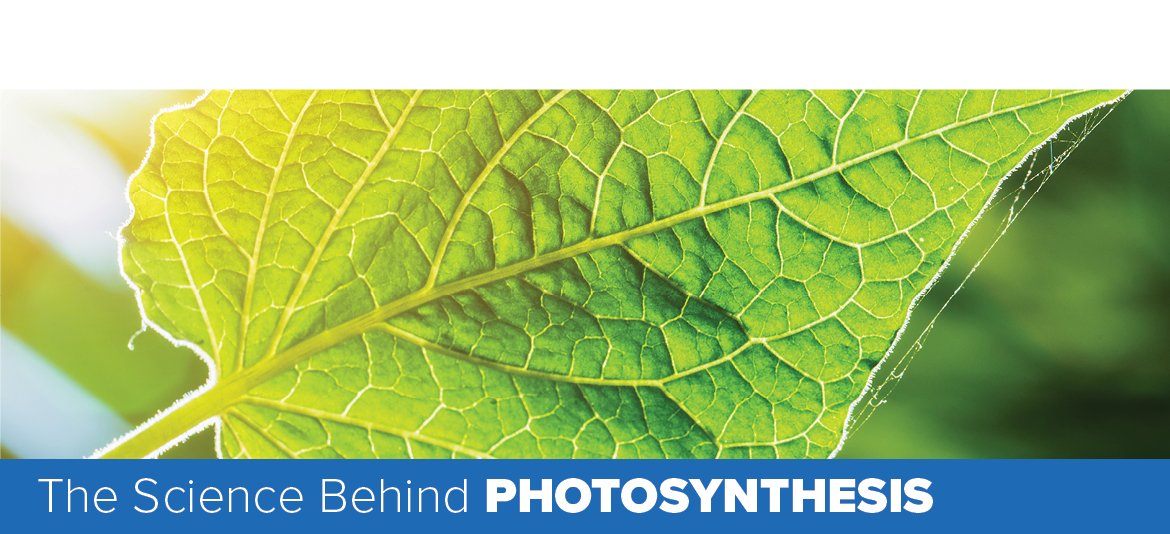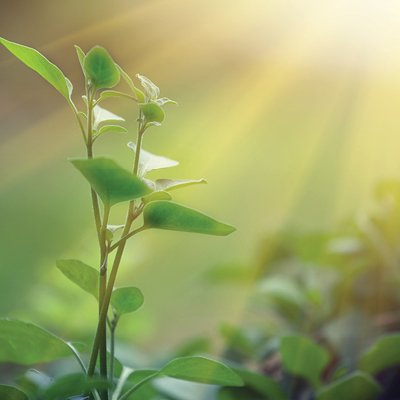


Photosynthesis in Leaf Disks
Students use the floating leaf disk technique to determine how additional carbon dioxide affects the rate of photosynthesis.
Electron Capture & Photosynthesis
Students explore the actual reactions of the electron transfer chain during photosynthesis by monitoring the color change of an indicator.
Sodium Alginate Photosynthesis
Students make their own algae spheres to study photosynthesis! Expose the spheres to different conditions and measure the productivity of the algae inside.

Photosynthesis Study Technique
Students use the floating leaf disk technique to determine how different variables affect the rate of photosynthesis.
Respiration versus Photosynthesis
Use an aquatic plant, snails, and bromthymol blue to study respiration and photosynthesis. Put critical thinking to the test with this apparent "reversal" of photosynthesis.
Investigating Energy Flow in an Ecosystem
Explore the net productivity for wheat and one of its predators, the mealworm!


If you have 10 minutes...
If you have an entire class period...
if you have more time...
